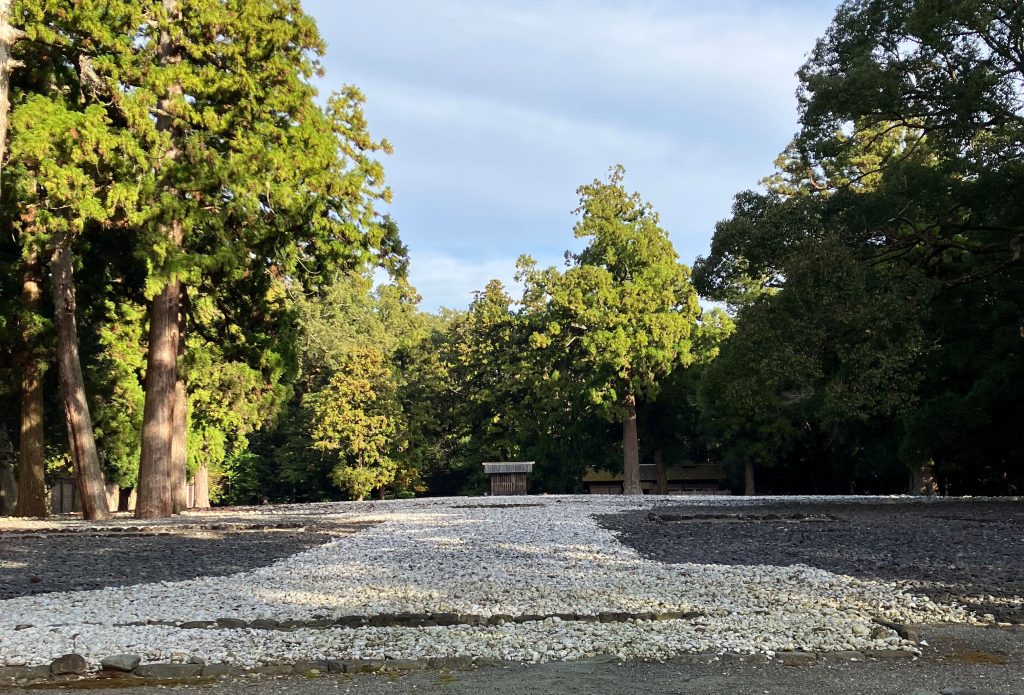Copyright GK Dynamics Inc., All Rights Reserved.

Copyright GK Dynamics Inc., All Rights Reserved.



What we learn from over 1000-year-old design
The other day, I visited Ise Jingu Shrine in Mie Prefecture. It is widely known for its rich history, but I have never been there until I turned 50 since it is located far west of the Kanto region where I live. I offered prayers and walked inside the main shrine, feeling awe and respect somewhat different than those of other shrines. When I left the sacred building, I found that there was a large vacant lot next to it. Wondering if something was under renovation there, I continued walking in the shrine premises. Then I realized that other buildings were also paired with the same kind of vacant lots. I learned that the shrine customarily reconstructs the same buildings every 20 years using the lots adjacent to them so that the god of the shrine will relocates to new places. Honestly, I was surprised to know the shrine buildings I saw there had been built only a decade or so, and that this reconstruction system had continued over the past millennium. As needless as it may seem, this maintenance system helps to keep the shrine construction workers employed, leading to revitalizing the local economy in its surrounding areas including commerce and industry. Instead of designing a spectacular building as a symbol of authority in a one-off project, the idea is to design a sustainable system in society, which already existed in Japan more than 1,000 years ago. I was impressed by the fact that this initiative of distant past had succeeded in materializing the eternity .
Shogo Aoki
CMFG Design Dept.
Operating Officer